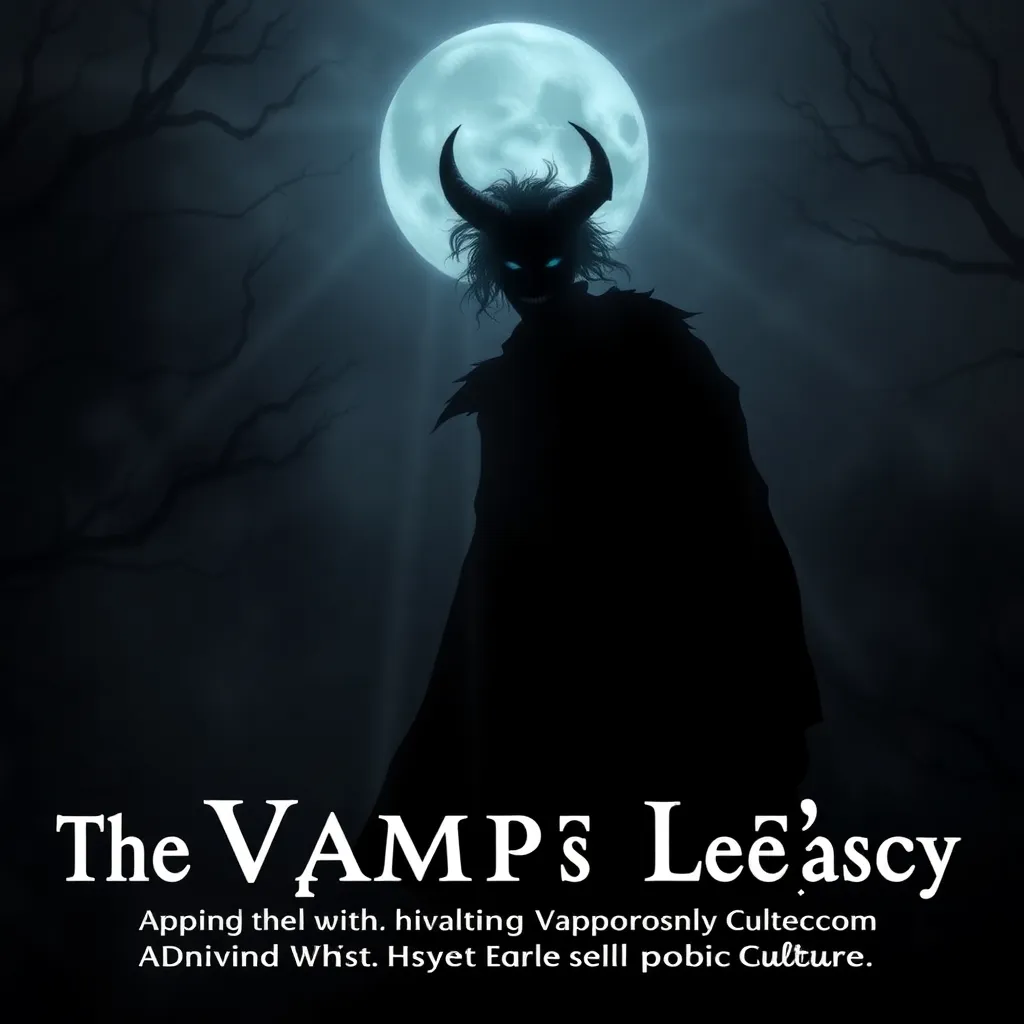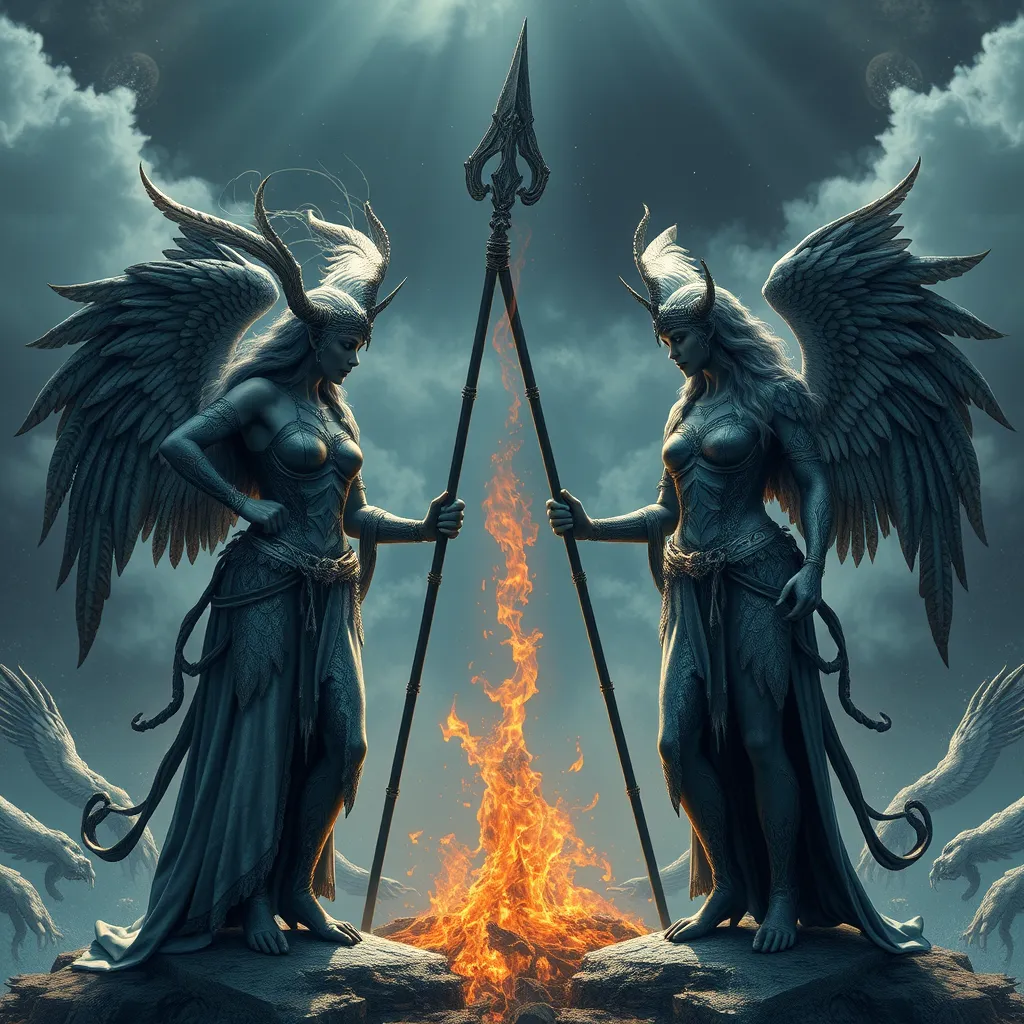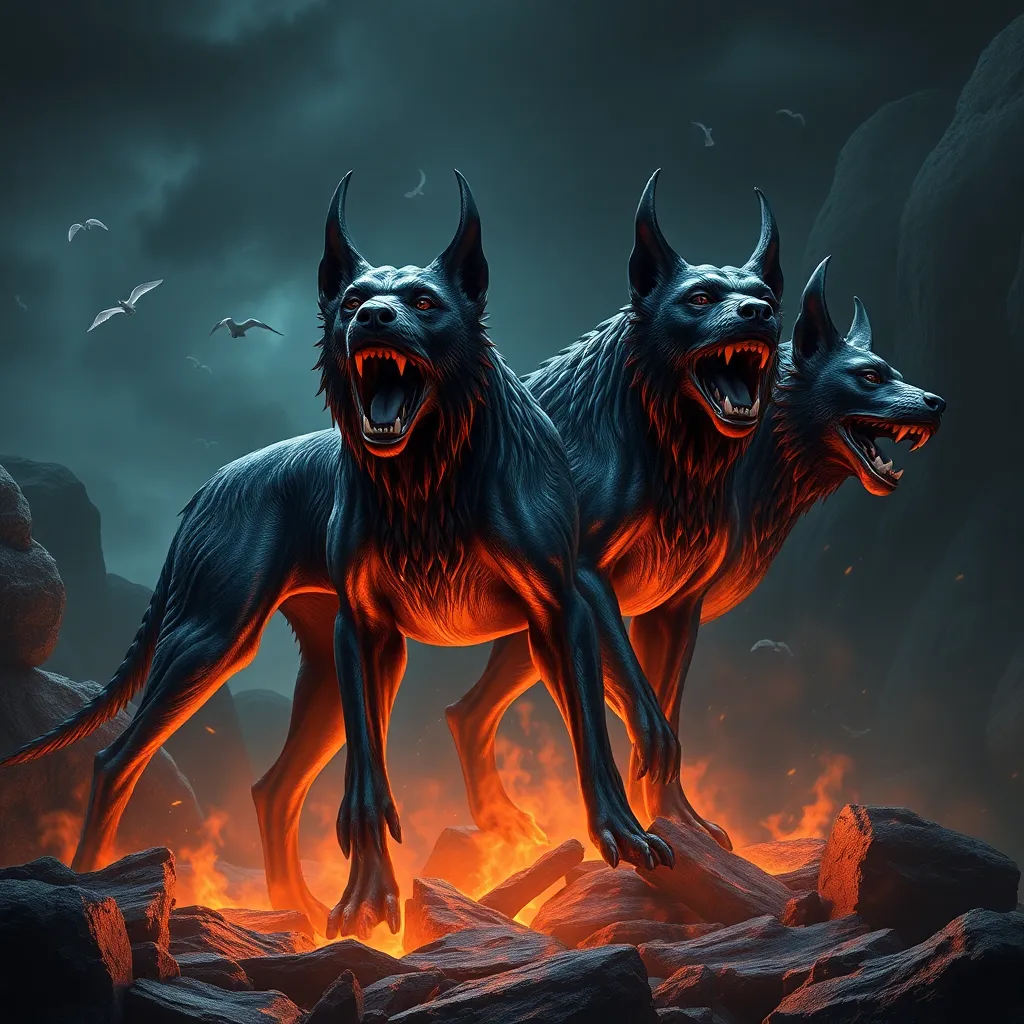The Bat God’s Power: Exploring the Supernatural Abilities of Camazotz in Nahua Folklore
I. Introduction
Camazotz, the bat god of the Nahua mythology, is a figure steeped in mystery and power. He embodies the duality of nature, representing both life and death, light and darkness. In Mesoamerican culture, bats hold significant symbolic importance, often associated with the underworld and the cycles of life. This article aims to explore the supernatural abilities of Camazotz, shedding light on his role in Nahua folklore and the broader implications of his mythological narrative.
II. Historical Context of Nahua Folklore
A. Origins of Nahua mythology
Nahua mythology, rooted in the ancient Mesoamerican civilizations, offers a rich tapestry of gods, legends, and cosmological beliefs. The Nahua people, primarily the Aztecs, constructed a complex pantheon that reflected their understanding of the world.
B. The cultural importance of deities in Nahua society
Deities played a pivotal role in Nahua society, serving as embodiments of natural forces and societal ideals. They were worshipped through rituals, sacrifices, and festivals, which reinforced social cohesion and cultural identity.
C. Camazotz’s place within the pantheon of Nahua gods
Within this pantheon, Camazotz occupies a unique position. As a god of bats, he is often linked to death, the underworld, and the cycles of nature, reflecting the complex relationship between life and death in Nahua beliefs.
III. The Symbolism of Bats in Mesoamerican Cultures
A. Bats as symbols of death and rebirth
Bats symbolize the duality of existence in Mesoamerican cultures. They are often seen as harbingers of death but also as creatures that facilitate rebirth, echoing the cyclical nature of life.
B. The duality of light and darkness associated with bats
This duality is integral to understanding Camazotz. Bats thrive in darkness, yet they are essential for pollination and seed dispersal, contributing to life. This contrast makes them powerful symbols of balance in the natural order.
C. Camazotz as a representation of the underworld
As a representation of the underworld, Camazotz embodies the fear and reverence associated with death. He serves as a reminder of the inevitable transition from life to the afterlife, guiding souls through this journey.
IV. Supernatural Abilities of Camazotz
A. Powers of transformation and shape-shifting
One of Camazotz’s most remarkable abilities is his power to transform and shape-shift. In various myths, he can take on different forms, enabling him to traverse between the worlds of the living and the dead.
B. The ability to control darkness and night
Camazotz is often depicted as a master of darkness, wielding the power to control night itself. This ability underscores his connection to the mysteries of the universe, representing the unknown aspects of existence.
C. Camazotz’s role as a guide for souls in the afterlife
In addition to his powers of transformation, Camazotz also functions as a psychopomp, guiding souls to their final resting places. This role emphasizes his significance in the cycle of life and death within Nahua beliefs.
V. Camazotz in Mythological Narratives
A. Key myths and stories involving Camazotz
Several myths feature Camazotz, often highlighting his interactions with other deities and heroes. These stories illustrate his formidable nature and the lessons that can be learned from his character.
B. Interactions with other gods and heroes
In various tales, Camazotz interacts with other gods, such as Tezcatlipoca and Quetzalcoatl. These interactions often emphasize themes of conflict, balance, and the interplay between life and death.
C. Lessons and moral themes derived from Camazotz’s stories
The narratives involving Camazotz frequently convey moral lessons about the nature of existence, the importance of respecting life and death, and the balance necessary for harmony in the universe.
VI. Camazotz’s Influence on Art and Culture
A. Representation of Camazotz in Mesoamerican art
Camazotz has been depicted in various forms of Mesoamerican art, including pottery, sculptures, and codices. These representations often emphasize his bat-like features and his association with the underworld.
B. The impact of Camazotz on modern cultural expressions
In contemporary culture, Camazotz has inspired various artistic interpretations, from literature and film to visual arts. His character serves as a bridge connecting ancient beliefs with modern storytelling.
C. Comparisons with other bat deities in different cultures
Similar to Camazotz, other cultures have revered bat deities, such as the Chinese bat symbolizing good fortune. This cross-cultural examination reveals the universal themes associated with bats and their symbolic meanings.
VII. The Legacy of Camazotz in Contemporary Society
A. Reinterpretations of Camazotz in modern folklore
In recent years, Camazotz has been reinterpreted in modern folklore, often being presented as a complex figure that embodies both darkness and light. This reinterpretation resonates with contemporary discussions around mental health and the human experience.
B. The relevance of Camazotz in discussions of ecology and conservation
As bats face threats from habitat loss and disease, the figure of Camazotz serves as a reminder of the ecological importance of these creatures. His legacy highlights the need for conservation efforts to protect bat populations and their habitats.
C. Cultural revival and the importance of preserving Nahua traditions
The resurgence of interest in Nahua traditions emphasizes the importance of preserving their folklore, including the stories of Camazotz. This revival fosters a greater appreciation for indigenous cultures and their contributions to global heritage.
VIII. Conclusion
In summary, Camazotz embodies a multitude of supernatural abilities and cultural significance within Nahua folklore. His power as a bat god reflects the enduring themes of life, death, and the balance of nature. The influence of Nahua mythology continues to resonate in contemporary discourse, reminding us of the importance of understanding our connection to the natural world and the spiritual dimensions of existence. As we explore the role of myth in our lives, we gain insight into the complex interplay between nature, culture, and spirituality.




